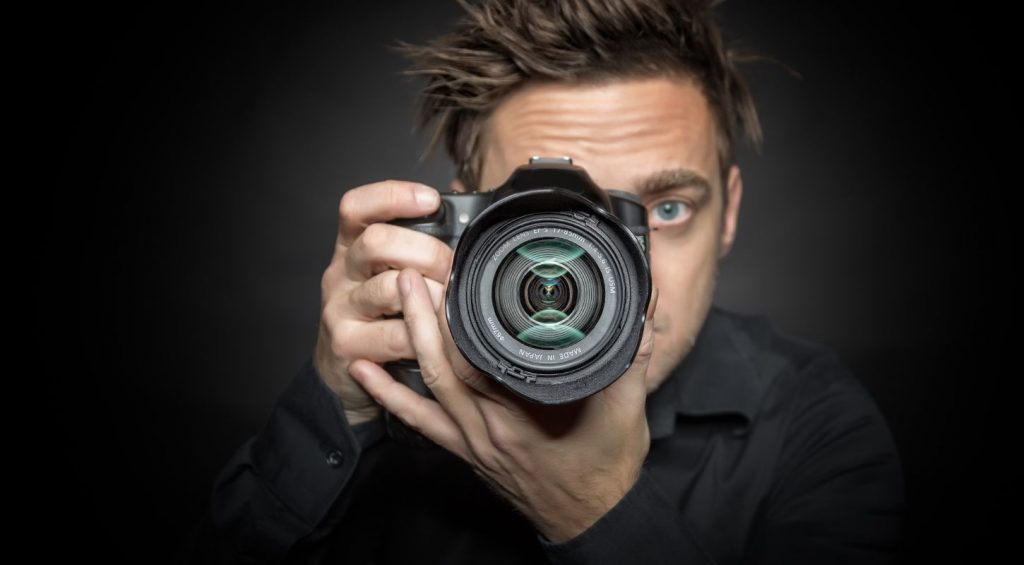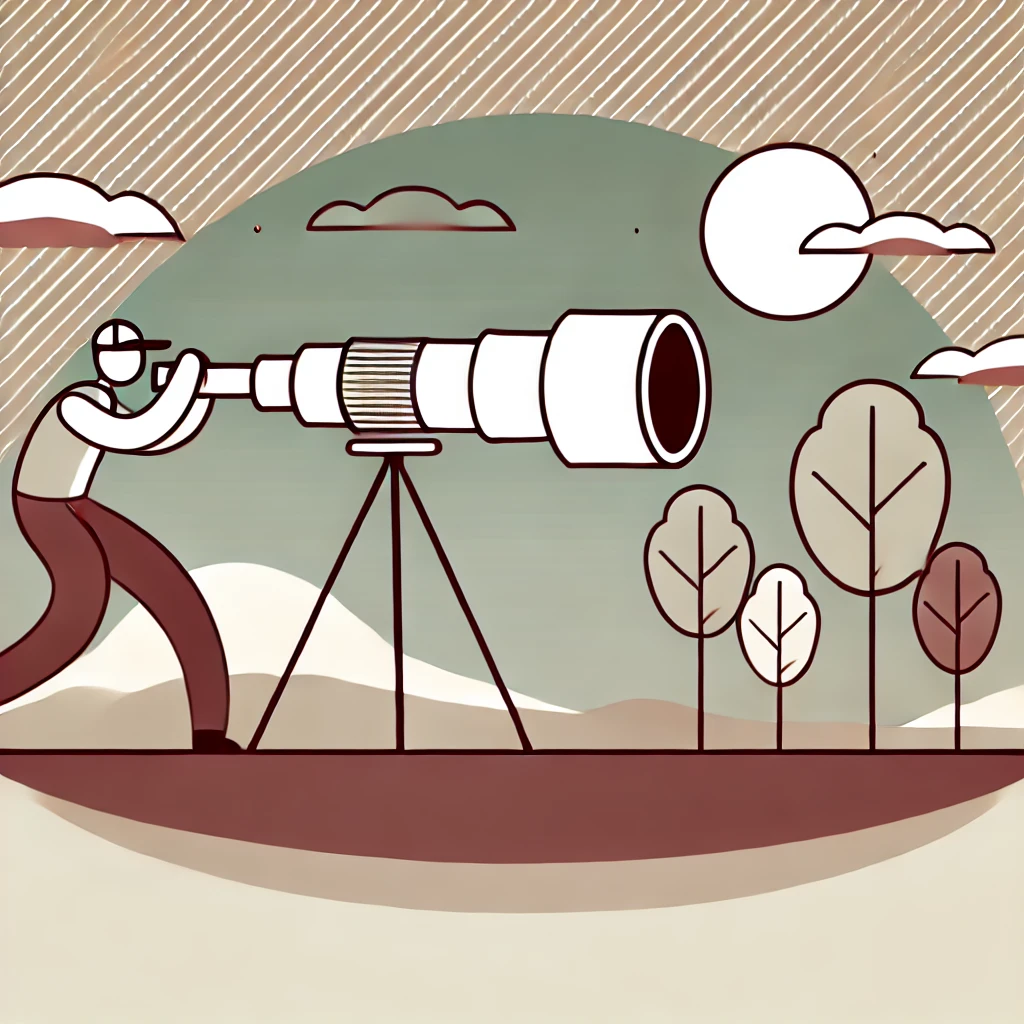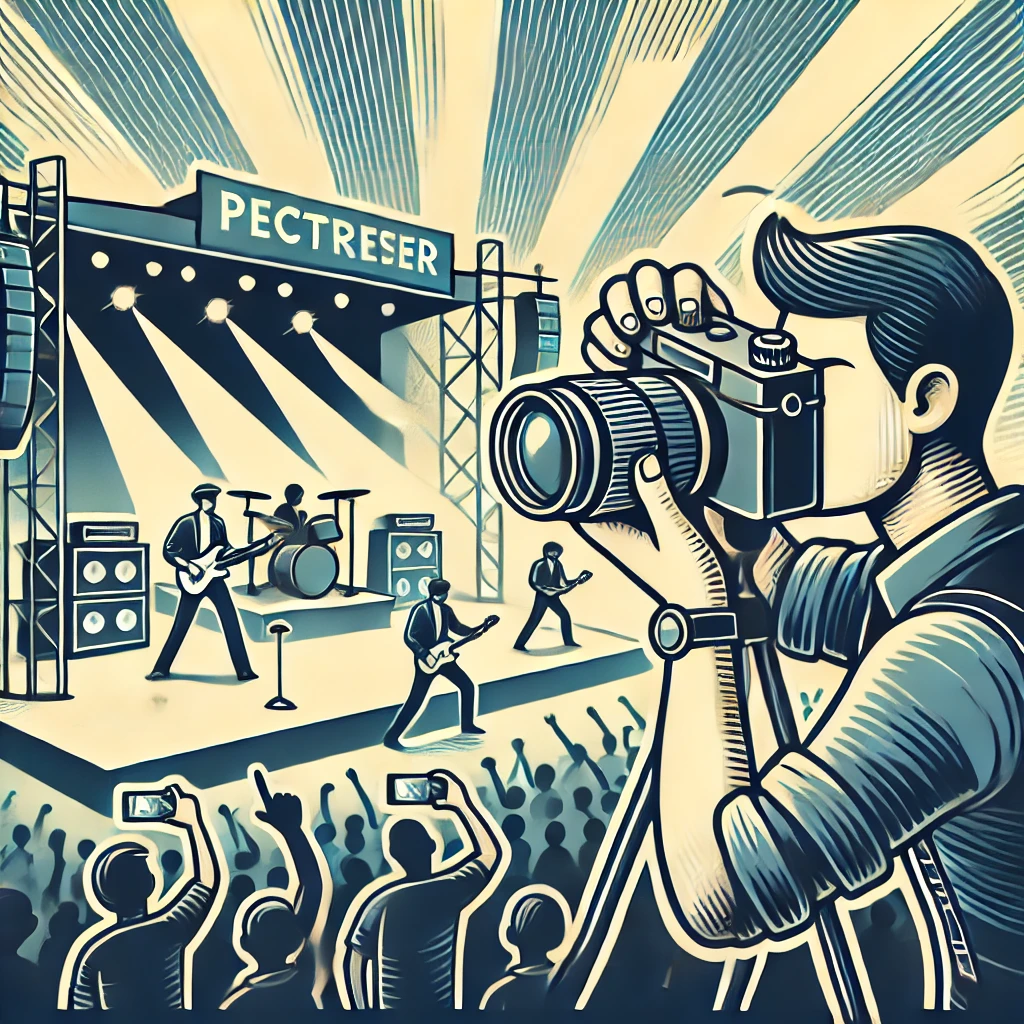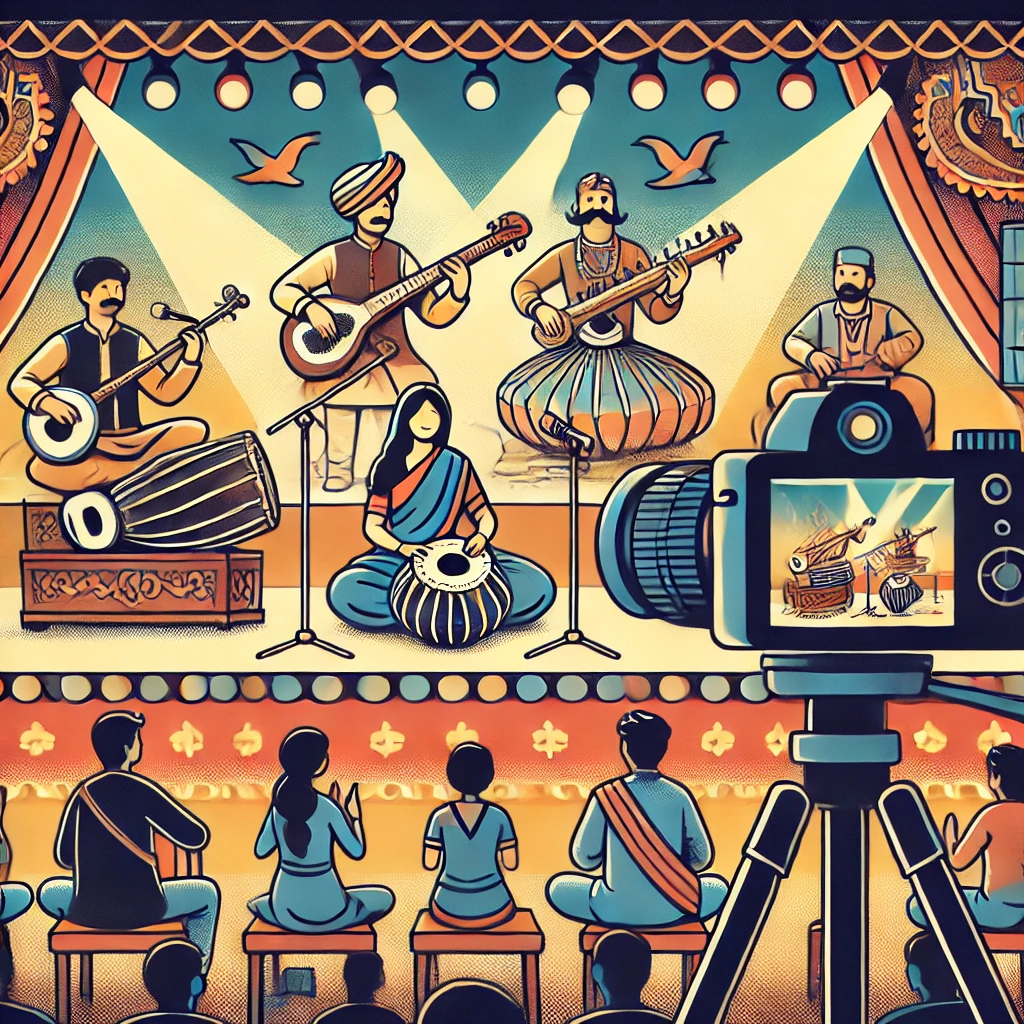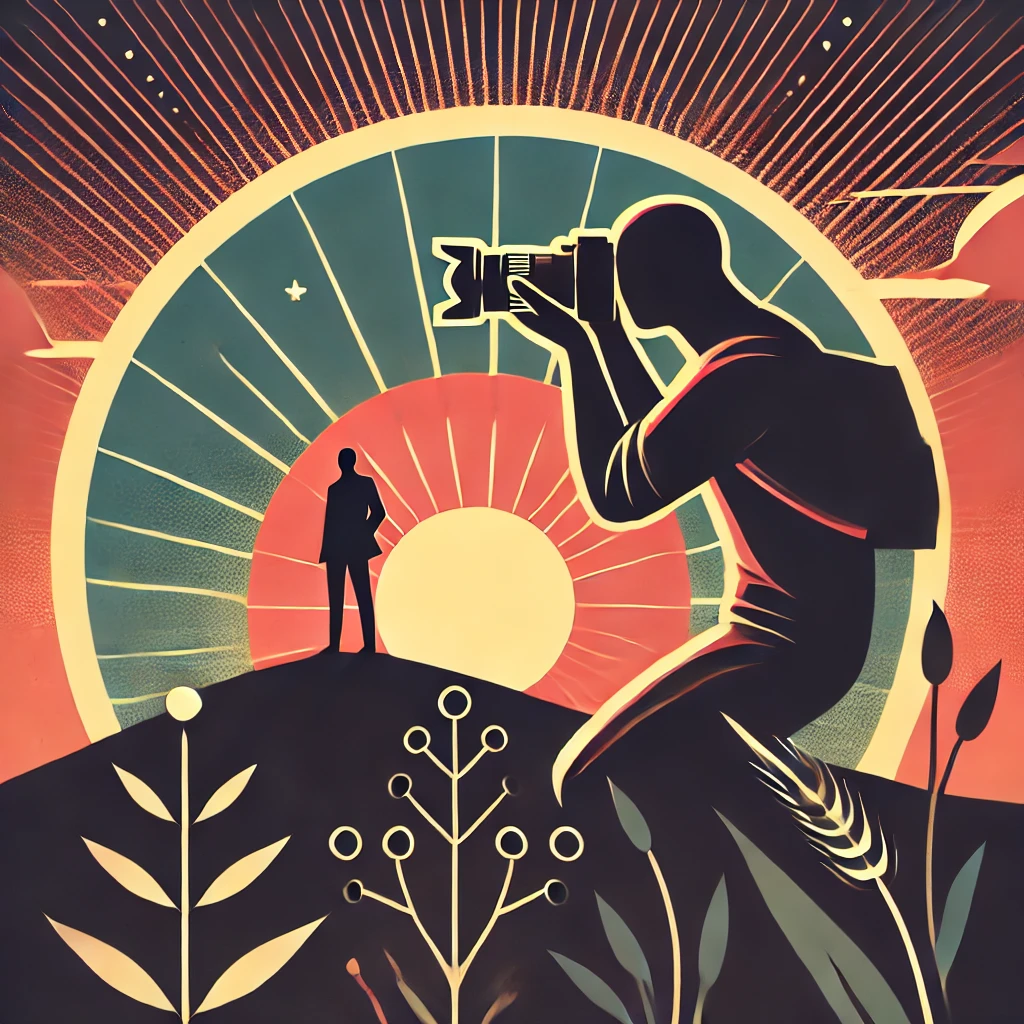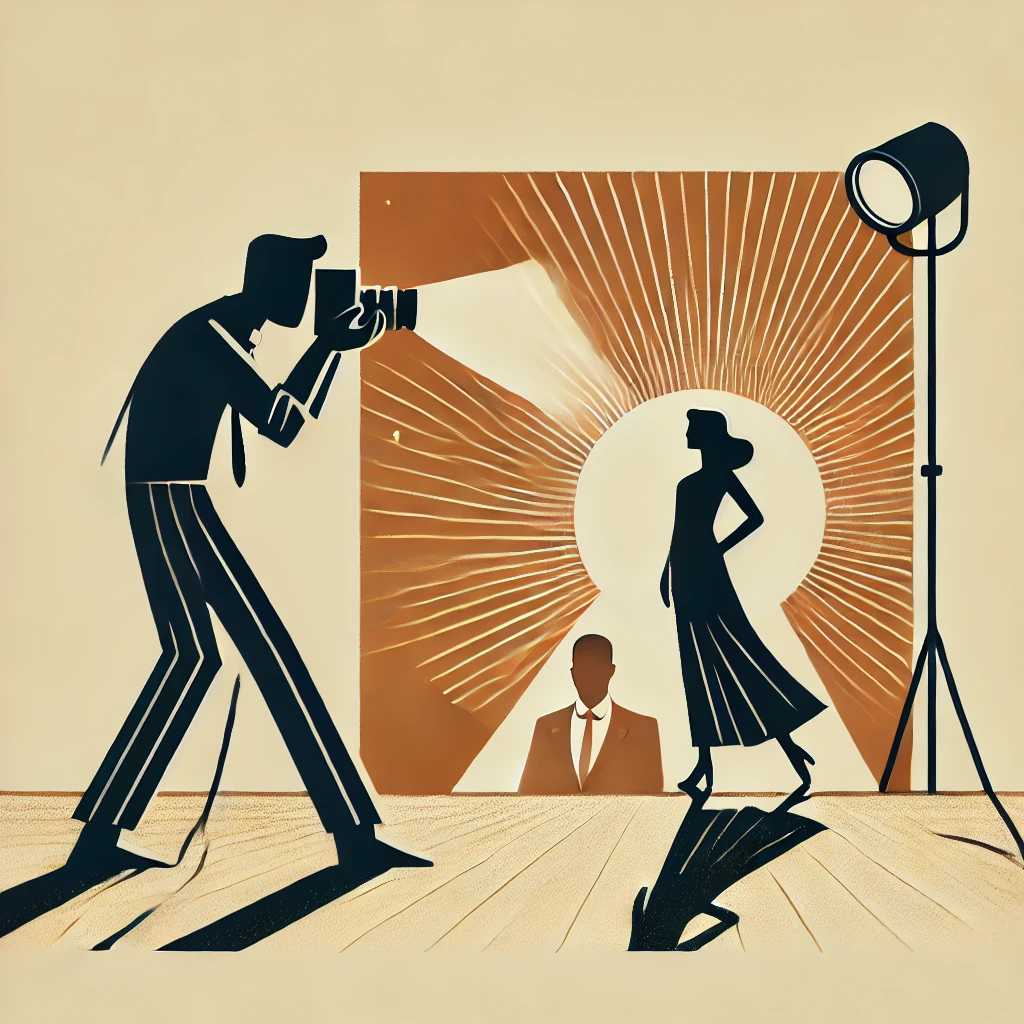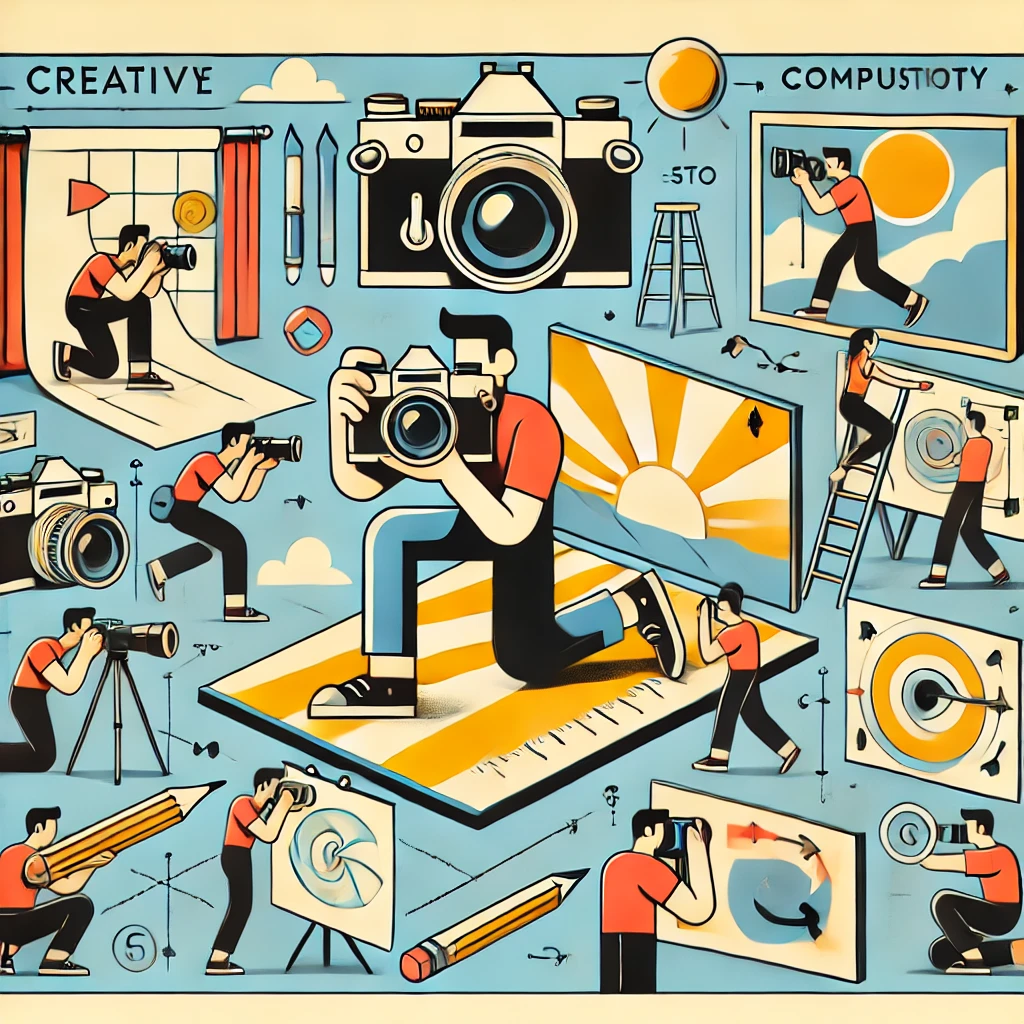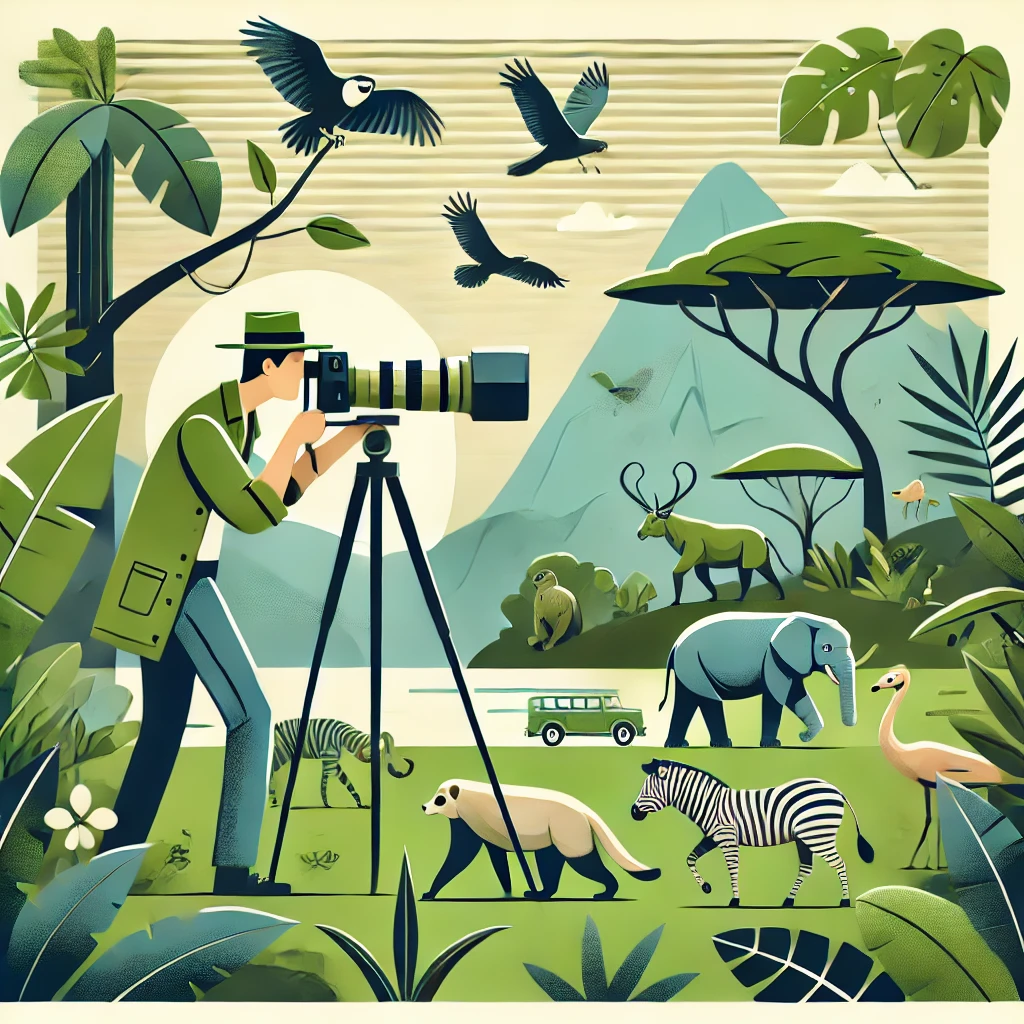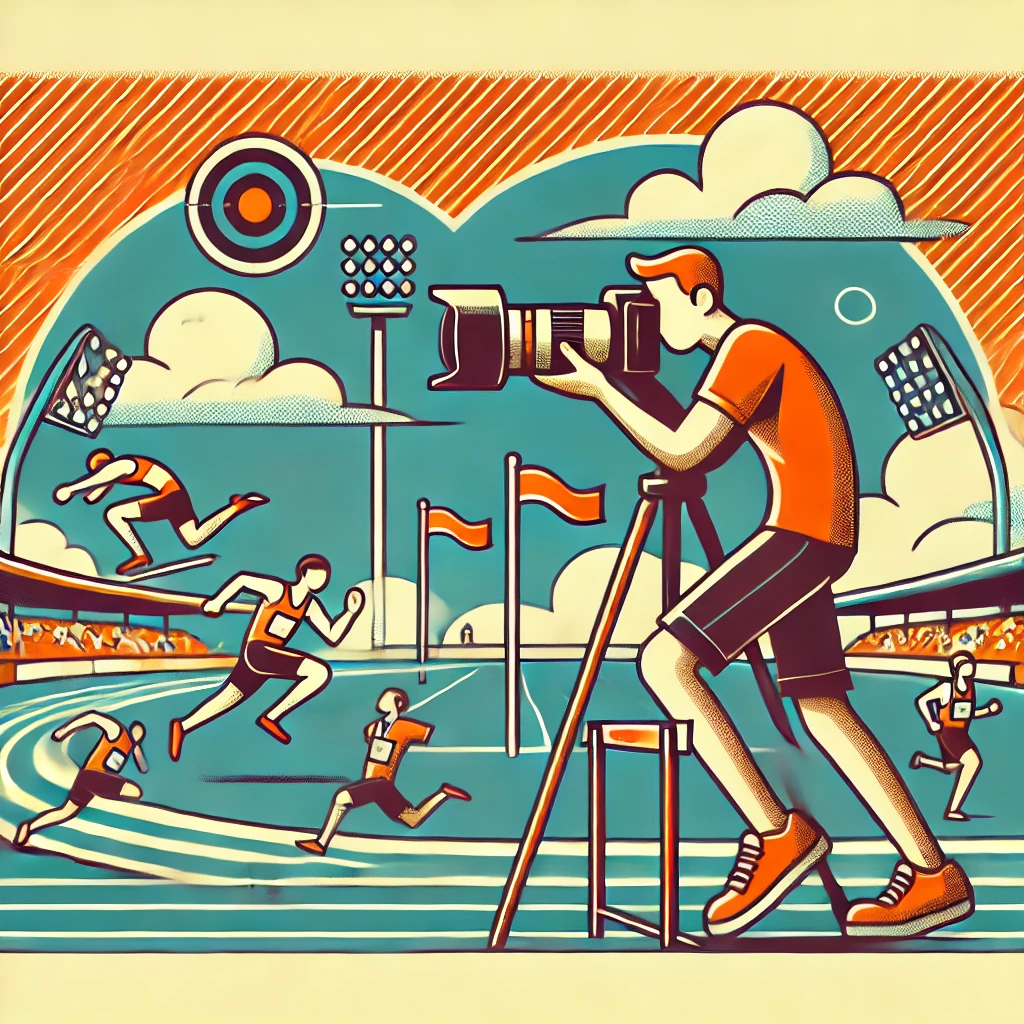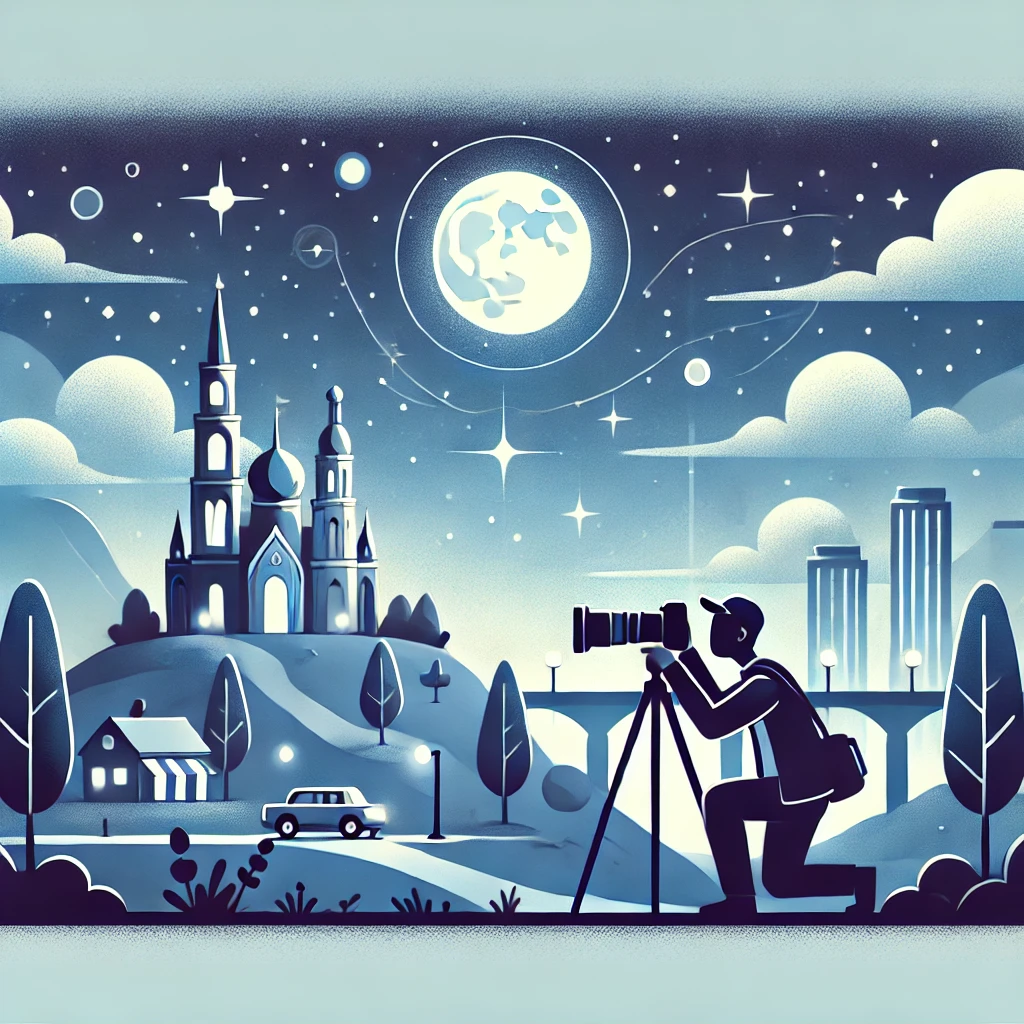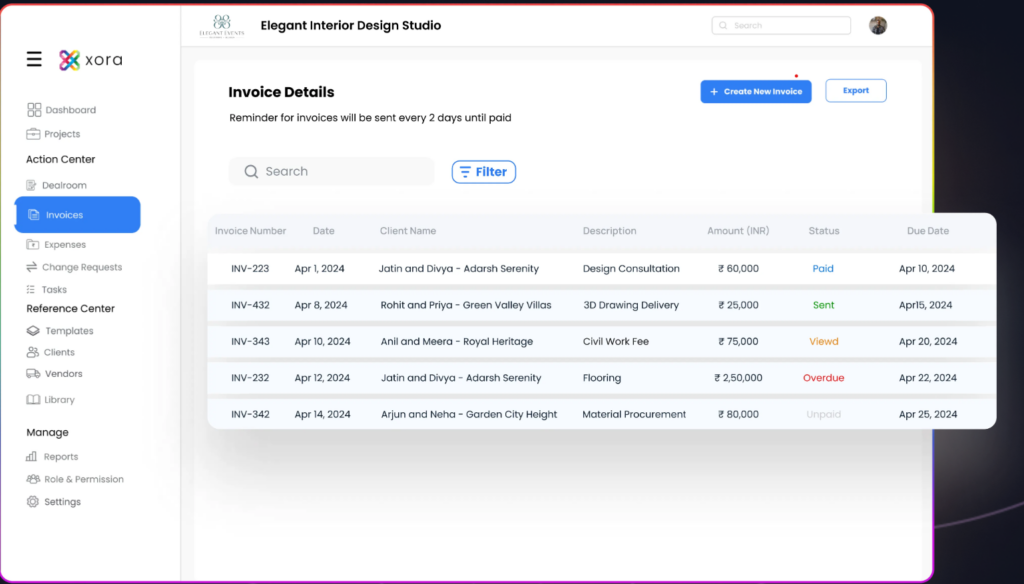
Table of Contents
Introduction to Event Photography
Event photography can be a challenging yet rewarding endeavour. Whether it’s a wedding, corporate event, or an intimate family gathering, capturing those fleeting moments requires skill, quick thinking, and the right equipment. In this comprehensive guide, we’ll share four crucial tips for enhancing your event photography, helping you to unleash your creative genius and capture unforgettable moments. Prepare to delve into the importance of preparation, the art of candid shots, the power of the telephoto lens, and the magic of a flash diffuser.
1. Preparation: The Key to Successful Event Photography
Preparation is the cornerstone of excellent event photography. Without proper planning, you could miss vital moments or find yourself struggling with technical issues. Here are some critical steps to ensure you’re well-prepared:
Scout the Location
Before the event, visit the venue to get a sense of the lighting, potential backdrops, and key areas where important activities will occur. This will help you plan your shots and avoid surprises.
Be Prepared With the Right Gear
Ensure you have the right equipment for the event. This typically includes multiple camera bodies, a variety of lenses such as wide-angle, telephoto, and prime lenses, extra batteries, memory cards, and a reliable flash system. Xora’s lightweight, high-capacity battery packs are especially popular among professionals for their durability and performance.
Understand the Event Flow
Familiarize yourself with the event schedule. Knowing the sequence of events helps you anticipate moments worth capturing. Connect with the event organizers to confirm key activities and special moments that cannot be missed.
2. Candid Shots: Capturing Genuine Emotions
Candid photography is all about capturing real, unposed moments that convey genuine emotions. Here are some tips to perfect this art:
Blend Into the Background
To catch people behaving naturally, you need to be as unobtrusive as possible. Wearing neutral clothing and moving quietly helps you blend into the background, making attendees more comfortable and less aware of the camera.
Use a Longer Lens
A telephoto lens allows you to photograph subjects from a distance without them noticing, ensuring authenticity in your shots. The Xora 70-200mm f/2.8 telephoto lens is highly recommended for its excellent zoom capabilities and image stabilization features.
Always Be Ready
Candid moments happen in the blink of an eye. Keep your camera settings dialed in for quick adjustments to lighting conditions and be ready to shoot at a moment’s notice. Use continuous shooting mode to capture a sequence of moments, ensuring you get the perfect shot.
Here is an incredible guide for capturing emotions during event photography.
3. The Power of a Telephoto Lens
Telephoto lenses are indispensable for event photography, especially in large venues or crowded spaces. Here’s why you should consider adding one to your kit:
Get Close Without Intruding in event photography
The primary advantage of a telephoto lens is its ability to zoom in on subjects without physically getting close. This is particularly useful in events where maintaining distance is crucial, such as weddings or conferences.
Isolate Your Subject
Telephoto lenses also provide a shallow depth of field, allowing you to isolate your subject and blur out distracting backgrounds. This enhances the focus on the subject and can create a more dramatic effect.
Capture Detailed Shots
A high-quality telephoto lens, like the Xora 70-200mm f/2.8, can capture intricate details even from a distance. This is perfect for photographing speakers at a conference or performers on stage where you can’t get physically close.
4. Flash Diffuser: Softening the Light
Direct flash can create harsh, unflattering light. Using a flash diffuser can make a significant difference in the quality of your images:
Softening Harsh Light
A flash diffuser spreads out the light from your flash, creating a softer, more even illumination. This helps in reducing harsh shadows and highlights, resulting in more natural-looking photos.
Bounce Your Flash
Another technique to soften light is to bounce your flash off a ceiling or wall. This can be combined with a flash diffuser for an even softer effect. The Xora Flash Diffuser is designed to attach easily and work seamlessly with Xora Flash systems, providing high-quality lighting for any situation.
Maintain Natural Colors
Using a diffuser can help in maintaining the natural colors of the scene. Direct flash can wash out colors and make them appear unnatural. A diffuser helps preserve the original hue and tonality, making your photos more vibrant and true to life.
Additional Tips for Exceptional Event Photography
While the four tips highlighted above are crucial, here are some additional recommendations to elevate your event photography:
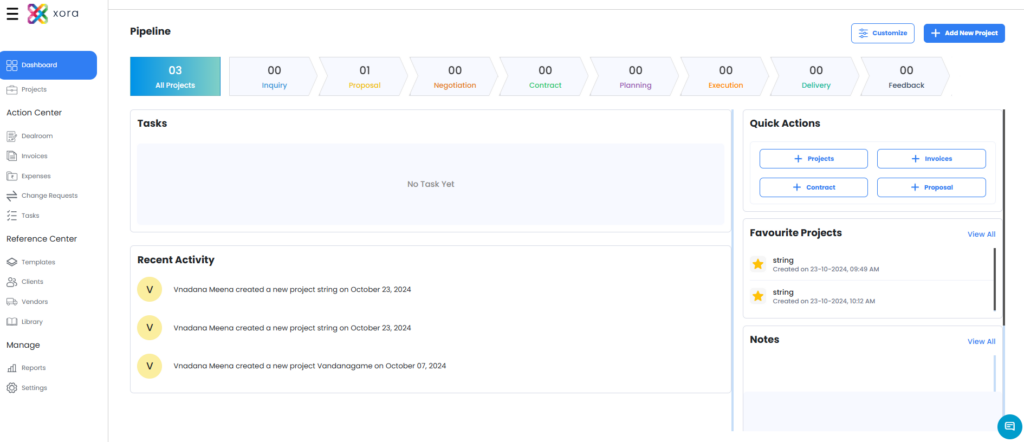
Use Continuous Shooting Mode
This mode allows you to capture multiple frames per second, increasing your chances of getting the perfect shot, especially during fast-moving or unpredictable moments.
Post-Processing
No matter how good your initial shots are, post-processing can enhance them further. Tools like Adobe Lightroom or Photoshop can help you adjust exposure, color balance, and sharpness. Keep it natural, and don’t overdo the editing.
Client Communication
Always maintain clear communication with your clients. Understand their expectations, preferences, and the moments they consider most important. This ensures satisfaction and builds trust.
Conclusion
Mastering event photography involves a blend of preparation, skill, and the right equipment. By focusing on preparation, honing your candid photography skills, utilizing a telephoto lens, and employing flash diffusers, you can significantly enhance your event photography. Remember, every event is unique, and each moment is irreplaceable. For the best results, ensure you are always prepared and ready to adapt to any situation.
Are you ready to take your event photography to the next level? Try Xora to manage all aspects of your business today with a free trial and a money-back guarantee.
Interested in more photography tips? Check out our blog section for more articles.


